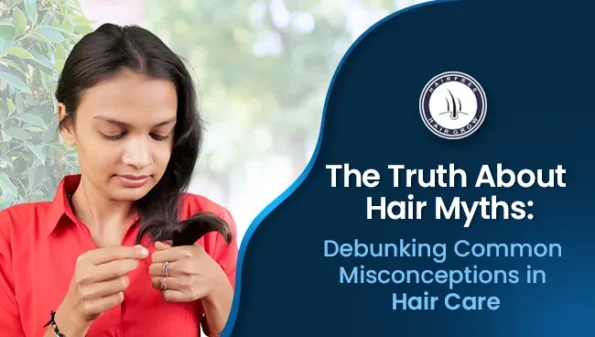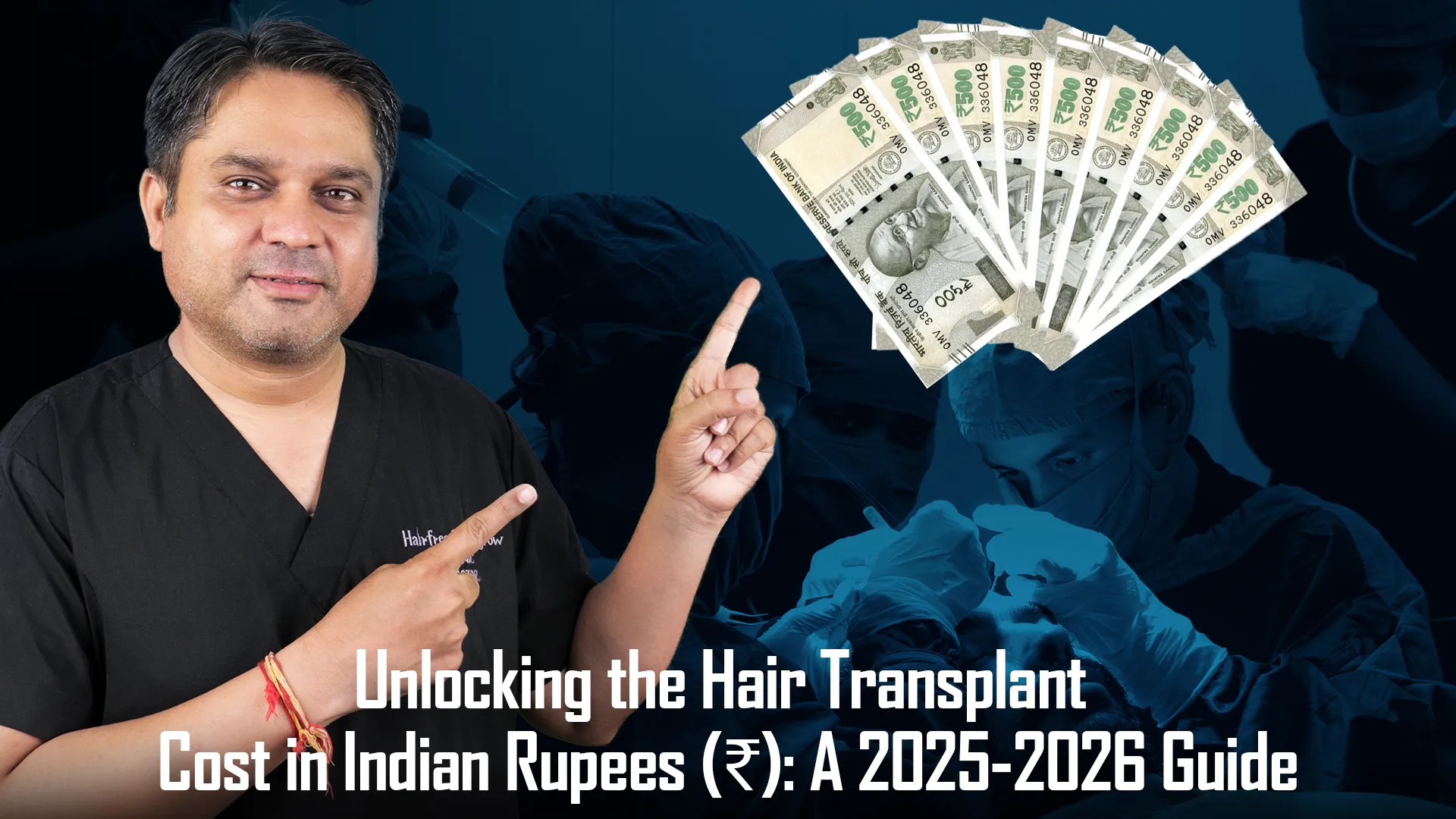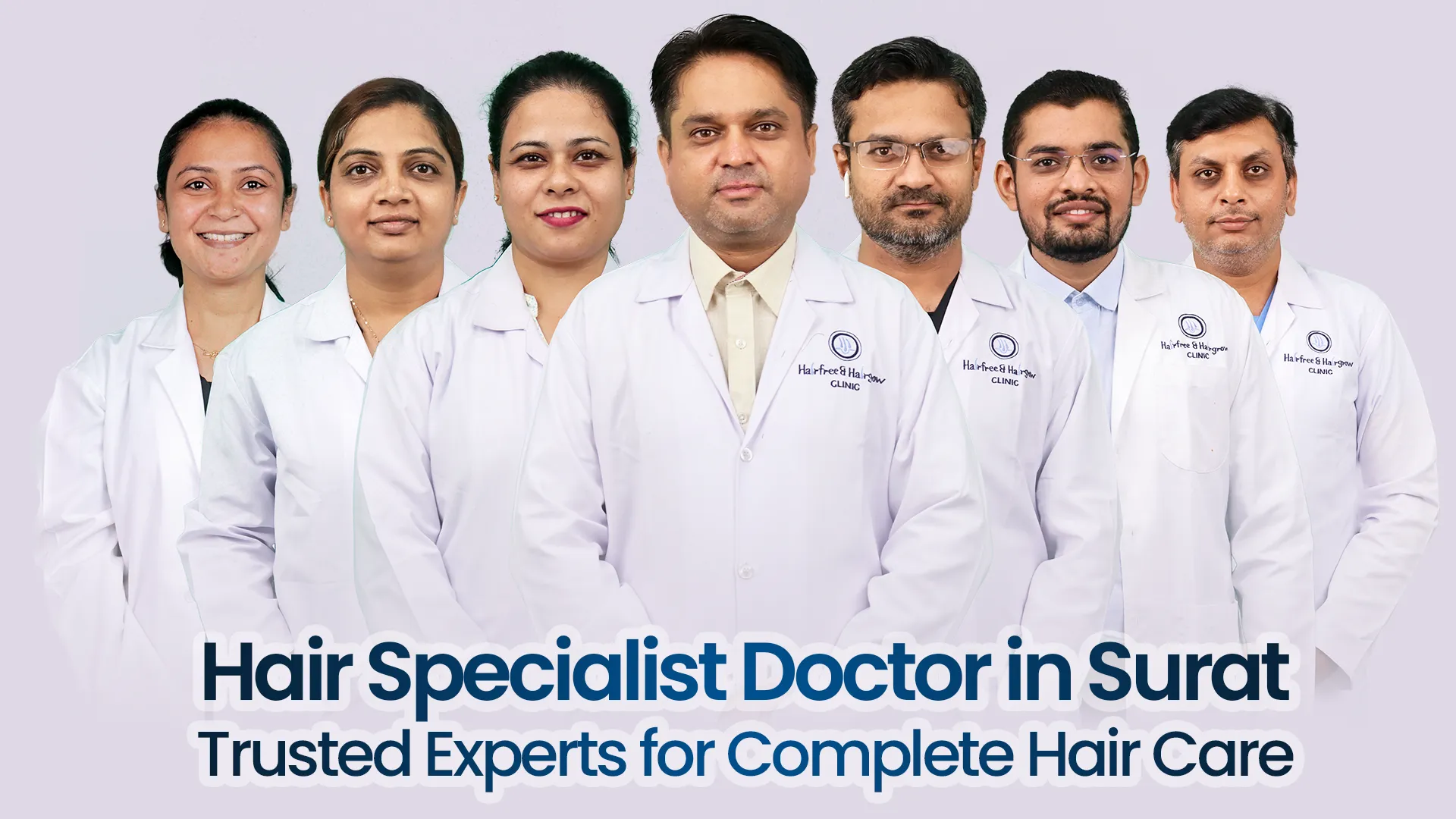Hair care is a topic that has garnered a lot of attention over the years, leading to the development of numerous myths and misconceptions. These myths often spread through word of mouth, social media, and even some outdated beauty advice. In this article, we will debunk some common hair myths and provide you with the truth behind them. By separating fact from fiction, we aim to help you make informed decisions when it comes to caring for your hair.
Myth 1: Cutting Your Hair Makes It Grow Faster
One prevalent myth is that cutting your hair regularly promotes faster hair growth. However, the truth is that hair growth occurs at the scalp and is not affected by trimming the ends. While regular trims can help maintain the health and appearance of your hair by removing split ends, they do not directly influence its growth rate.
Myth 2: Washing Your Hair Every Day Causes Excess Oil
Many people believe that washing your hair every day leads to excessive oil production. However, the opposite is true. Washing your hair regularly helps to remove dirt, sweat, and excess oil, keeping your scalp clean and healthy. The frequency of washing depends on your hair type and personal preference, but daily washing is generally safe for most people.
Myth 3: Plucking One Gray Hair Leads to More
Plucking one gray hair does not cause multiple gray hairs to grow in its place. Each hair follicle produces only one strand of hair, and plucking does not affect the production of new ones. However, excessive plucking can damage the hair follicle over time, leading to permanent hair loss, so it’s best to embrace your gray hairs or seek professional coloring options.
Myth 4: Brushing Your Hair 100 Times a Day Keeps It Healthy
Brushing your hair excessively does not make it healthier. In fact, over-brushing can cause mechanical damage, leading to breakage and split ends. Brushing your hair gently and using the right brush for your hair type is more important than the number of brush strokes. Aim for detangling and styling without excessive force to maintain the health of your hair.
Myth 5: Shampooing Causes Hair Loss
Contrary to popular belief, shampooing does not cause hair loss. Hair loss is primarily influenced by factors such as genetics, hormonal changes, and certain medical conditions. While aggressive shampooing or using harsh products can cause breakage and make hair appear thinner, it does not contribute to permanent hair loss. It is essential to choose gentle shampoos suitable for your hair type.
Myth 6: Hair Grows Thicker if You Shave It
Shaving your hair does not make it grow back thicker or coarser. When you shave, you only remove the hair shaft, not the hair follicle, which determines the thickness and texture of your hair. The regrowth after shaving may feel different due to the blunt cut, but it does not alter the hair’s natural characteristics.
Myth 7: Dry Shampoos Are Just as Effective as Regular Shampoos
Dry shampoos serve as a quick fix to absorb excess oil and freshen up the hair between washes. However, they are not a substitute for regular shampoos. Dry shampoos mainly work on the scalp and do not provide the same cleansing and nourishing benefits as traditional shampoos. It is important to use regular shampoos to maintain the overall health of your hair and scalp.
Myth 8: Wearing Hats Causes Baldness
Wearing hats does not cause baldness. Baldness or hair loss is primarily determined by genetics, hormonal factors, and other underlying conditions. While wearing tight hats for extended periods can cause hair breakage or traction alopecia, normal hat usage does not lead to permanent hair loss. It is advisable to wear hats that fit comfortably and avoid excessive friction on the hair and scalp.
Myth 9: Using Heat Styling Tools Always Damages Your Hair
While excessive heat styling can damage your hair, using heat styling tools correctly and in moderation can minimize the damage. It is important to use heat protectant sprays before styling, maintain a safe temperature, and limit the frequency of heat styling. Additionally, opting for lower heat settings and using heat styling tools with advanced technologies can help reduce the risk of heat damage.
Myth 10: Trimming Your Hair Makes It Grow Faster
Trimming your hair does not make it grow faster. Hair growth occurs at the root, and trimming the ends does not affect the rate at which hair grows from the follicle. However, regular trims are necessary to maintain the overall health of your hair by removing split ends and preventing further damage.
Myth 11: More Expensive Hair Products Are Better
The price tag of a hair product does not necessarily determine its effectiveness. While some expensive products may contain high-quality ingredients, there are also affordable options that work just as well. It is crucial to choose products based on your specific hair needs and concerns rather than solely relying on the price.
Myth 12: Brushing Wet Hair Causes Breakage
Wet hair is more vulnerable to breakage, and vigorous brushing can cause damage. It is best to use a wide-toothed comb or a brush specifically designed for wet hair to gently detangle without causing unnecessary stress. Starting from the ends and gradually working your way up can help minimize breakage and preserve the health of your hair.
Myth 13: Natural Hair Products Are Always Safe and Chemical-Free
While natural hair products may sound appealing, not all of them are entirely chemical-free or safe for everyone. Natural ingredients can still cause allergic reactions or scalp irritations in some individuals. It is essential to read product labels, understand the ingredients, and consider personal sensitivities or allergies before using any hair care products.
Myth 14: You Can "Repair" Damaged Hair
Hair is not a living tissue, and once it is damaged, it cannot be fully repaired. While certain products and treatments can improve the appearance and manageability of damaged hair, they cannot reverse the damage entirely. The best approach is to prevent damage by following a healthy hair care routine, using protective measures, and avoiding practices that harm your hair.
Conclusion
Separating hair care facts from myths is crucial for maintaining healthy and beautiful hair. By debunking common misconceptions, we hope to empower you with accurate information to make informed decisions about your hair care routine. Remember to choose products suitable for your hair type, follow a balanced hair care regimen, and consult with professionals when needed to achieve the best results.
FAQs
1. Will cutting my hair make it grow faster?
No, cutting your hair does not affect its growth rate. Hair growth occurs at the scalp, and trimming the ends only helps maintain its health and appearance.
2. Is it true that shampooing causes hair loss?
No, shampooing does not cause hair loss. Hair loss is influenced by various factors, and proper shampooing is essential for maintaining a clean and healthy scalp.
3. Can split ends be repaired?
No, split ends cannot be repaired. Trimming is the only way to remove them and prevent further damage.
4. Do expensive hair products work better than affordable ones?
The effectiveness of hair products is not solely determined by their price. Choose products based on your specific hair needs rather than their cost.
5. How can I minimize heat damage from styling tools?
To minimize heat damage, use heat protectant sprays, maintain safe temperatures, limit heat styling frequency, and consider using advanced heat styling tools.
Written By
MD (Skin & VD)
Dr. Santpal Sangwan, a renowned hair specialist, is dedicated to dispelling myths about hair care. With years of clinical experience, he educates patients on evidence-based practices, challenging common misconceptions. Dr. Sangwan’s expertise in debunking hair myths helps individuals make informed decisions for healthier, stronger hair.
Disclaimer
We’ve made all possible efforts to ensure that the information provided here is accurate, up-to-date and complete, however, it should not be treated as a substitute for professional medical advice, diagnosis or treatment. See Detailed Disclaimers Here.





